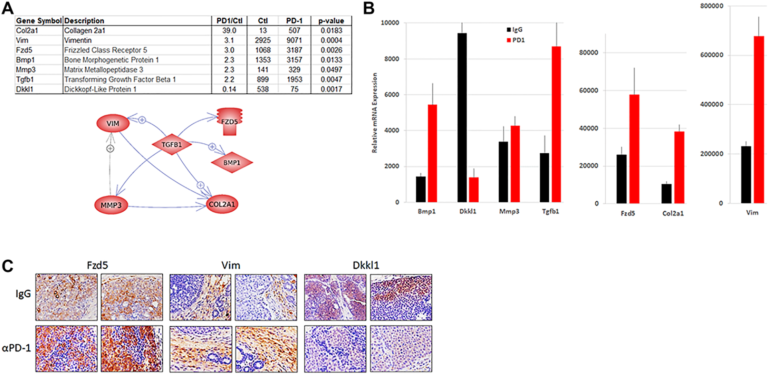“Thus, these findings are the first to identify the interaction between biological age and HIV status on neural oscillatory dynamics serving cognitive function, and more specifically, visuospatial processing.”
—
BUFFALO, NY- January 5, 2023 – A new research paper was published in Aging (listed as “Aging (Albany NY)” by MEDLINE/PubMed and “Aging-US” by Web of Science) Volume 14, Issue 24, entitled, “Epigenetic aging is associated with aberrant neural oscillatory dynamics serving visuospatial processing in people with HIV.”
Despite effective antiretroviral therapy, cognitive impairment and other aging-related comorbidities are more prevalent in people with HIV (PWH) than in the general population. Previous research examining DNA methylation has shown PWH exhibit accelerated biological aging. However, it is unclear how accelerated biological aging may affect neural oscillatory activity in virally suppressed PWH, and more broadly how such aberrant neural activity may impact neuropsychological performance.
In this new study, participants (n = 134) between the ages of 23 – 72 years underwent a neuropsychological assessment, a blood draw to determine biological age via DNA methylation, and a visuospatial processing task during magnetoencephalography (MEG). Researchers Mikki Schantell, Brittany K. Taylor, Rachel K. Spooner, Pamela E. May, Jennifer O’Neill, Brenda M. Morsey, Tina Wang, Trey Ideker, Sara H. Bares, Howard S. Fox, and Tony W. Wilson from the Boys Town National Research Hospital, University of Nebraska Medical Center, Creighton University, Heinrich-Heine University, and the University of California San Diego focused their analyses on the relationship between biological age and oscillatory theta (4-8 Hz) and alpha (10 – 16 Hz) activity among PWH (n=65) and seronegative controls (n = 69).
“To our knowledge, no study to date has directly linked accelerated biological aging in PWH to the neuro-functional changes that occur in cognitively impaired PWH, which include deficits in visuospatial processing, attention, working memory, and motor function networks [10–19].”
PWH had significantly elevated biological age when controlling for chronological age relative to controls. Biological age was differentially associated with theta oscillations in the left posterior cingulate cortex (PCC) and with alpha oscillations in the right medial prefrontal cortex (mPFC) among PWH and seronegative controls. Stronger alpha oscillations in the mPFC were associated with lower CD4 nadir and lower current CD4 counts, suggesting such responses were compensatory. Participants who were on combination antiretroviral therapy for longer had weaker theta oscillations in the PCC.
These findings support the concept of interactions between biological aging and HIV status on the neural oscillatory dynamics serving visuospatial processing. Future work should elucidate the long-term trajectory and impact of accelerated aging on neural oscillatory dynamics in PWH.
“In sum, these findings provide compelling evidence linking epigenetic biological aging and aberrations in neural oscillatory activity in PWH, suggesting that biological aging may underlie some of the key neurological findings in the neuroHIV literature.”
DOI: https://doi.org/10.18632/aging.204437
Corresponding Author: Tony W. Wilson
Corresponding Email: tony.wilson@boystown.org
Keywords: HIV, epigenetics, biological age, visuospatial discrimination, oscillations
Sign up for free Altmetric alerts about this article: https://aging.altmetric.com/details/email_updates?id=10.18632%2Faging.204437
AGING (AGING-US) VIDEOS: YouTube | LabTube | Aging-US.com
About Aging-US:
Launched in 2009, Aging (Aging-US) publishes papers of general interest and biological significance in all fields of aging research and age-related diseases, including cancer—and now, with a special focus on COVID-19 vulnerability as an age-dependent syndrome. Topics in Aging go beyond traditional gerontology, including, but not limited to, cellular and molecular biology, human age-related diseases, pathology in model organisms, signal transduction pathways (e.g., p53, sirtuins, and PI-3K/AKT/mTOR, among others), and approaches to modulating these signaling pathways.
Please visit our website at www.Aging-US.com and connect with us:
- SoundCloud – https://soundcloud.com/Aging-Us
- Facebook – https://www.facebook.com/AgingUS/
- Twitter – https://twitter.com/AgingJrnl
- Instagram – https://www.instagram.com/agingjrnl/
- YouTube – https://www.youtube.com/agingus
- LinkedIn – https://www.linkedin.com/company/aging/
- Reddit – https://www.reddit.com/user/AgingUS
- Pinterest – https://www.pinterest.com/AgingUS/
For media inquiries, please contact media@impactjournals.com.

